
As winter draws ever closer, us ‘proper’ campers still troop on and explore the beauty of the great outdoors. But even we need to keep warm as night time temperatures start to hit minus figures.
At Build a Campervan we are only at the very early stages of converting our Toyota HiAce from panel van to campervan conversion and this HiAce project is about converting a campervan on a small budget.
Campervan Insulation
The most important stage for making your campervan suitable for the winter is insulation.
Stage 1. Where are you loosing the most heat from you campervan?
Stage 2. How can you prevent loosing heat from the van.
Stage 3. How can you heat the van?
Windows are one of the first things to look at as they loose a substantial amount of heat. They also create condensation when sleeping or cooking in the wan as the warm air meets the very cold surface of the motorhome window, it condensates and creates moisture.
The roof is another vast area where heat is lost. Remember heat rises so if you are not insulating the roof then you will lose a lot of heat
Finally the floor of the van although may not seem cold or lose heat, often people forget to insulate the floor thinking their flooring choice will be enough. A simple underlay can be used ad an instant solution.

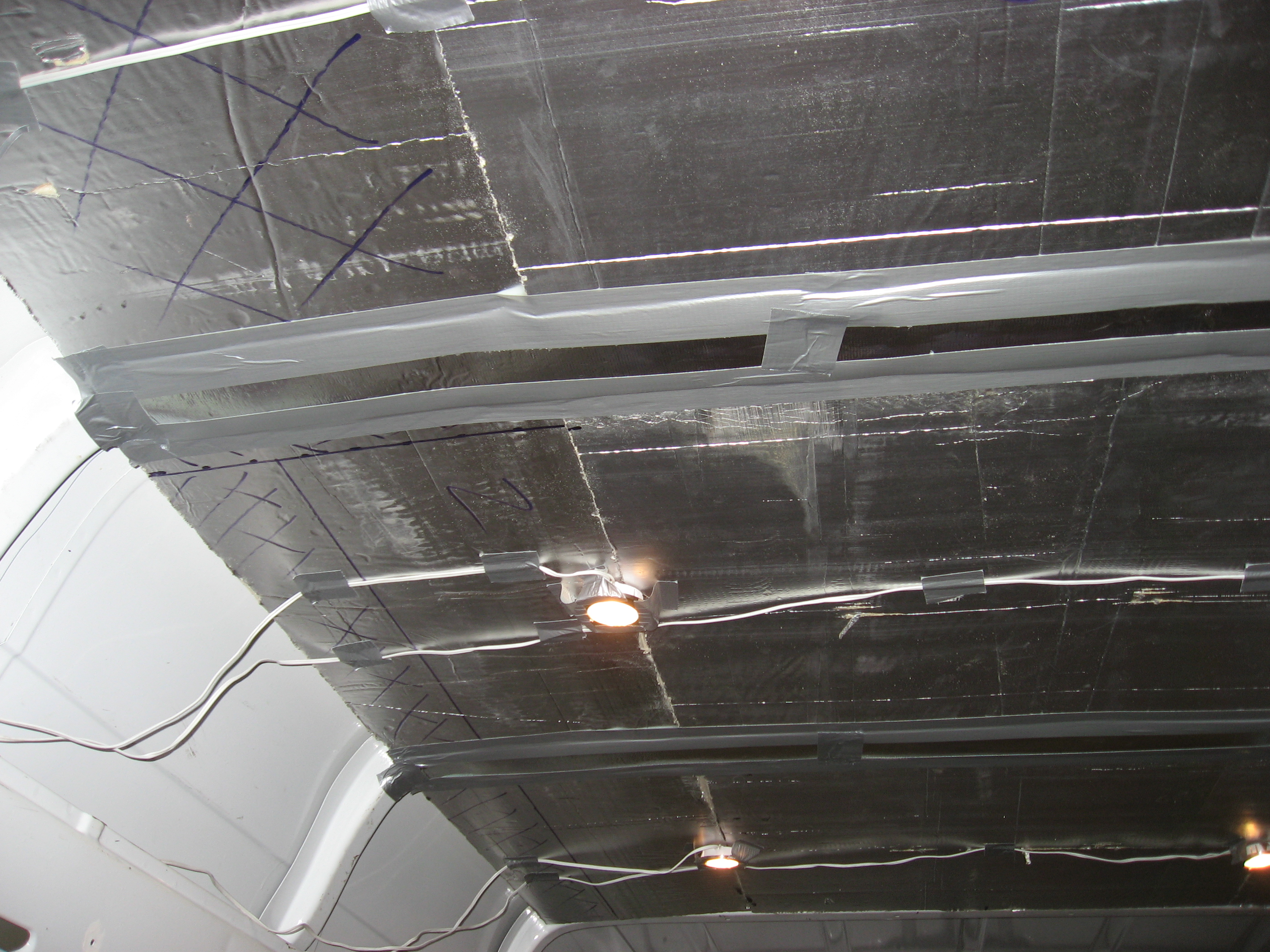
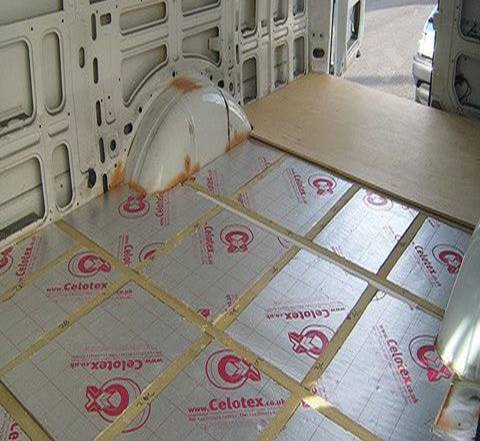
Thermal Blinds
Heat loss from campervan windows is a common challenge. We went to a local campervan and motorhome supplier and looked online for some solutions. There are several options for insulating windows mainly internal thermal insulation blinds and external insulation screens.
I nearly fell off my chair when I saw the price tag for window insulation ranging from £69 to £150! Often this only covers the cab insulation and doesn’t take into account any other windows. We needed insulation for the rear door which has a bonded window.
So I started thinking how can we make something which is as effective yet a fraction of the price.
D.I.Y. Thermal Blinds
We went to get some supplies for the project.
- Large cardboard boxes
- Recycled plastic loft insulation
- Cling film
- Black tape
- Radiator reflective foil
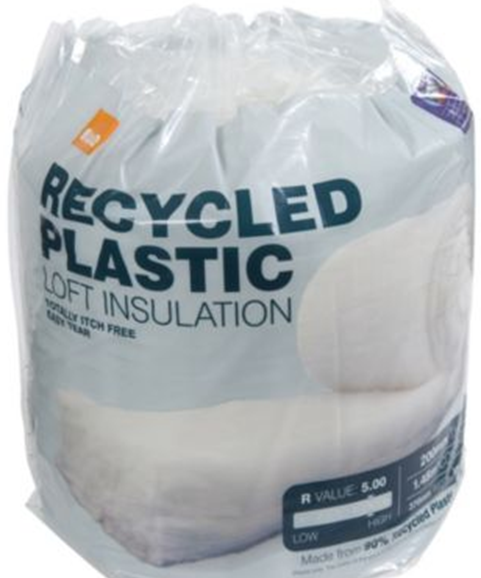

Step 1
Cut the card to size. We found the best way to do this was to measure on the outside of the window mark the card then cut it. This worked pretty well, then fit the card inside the window and mark any further adjustments. The hardest part here is fitting found the rear view mirror so make sure you take this into account.
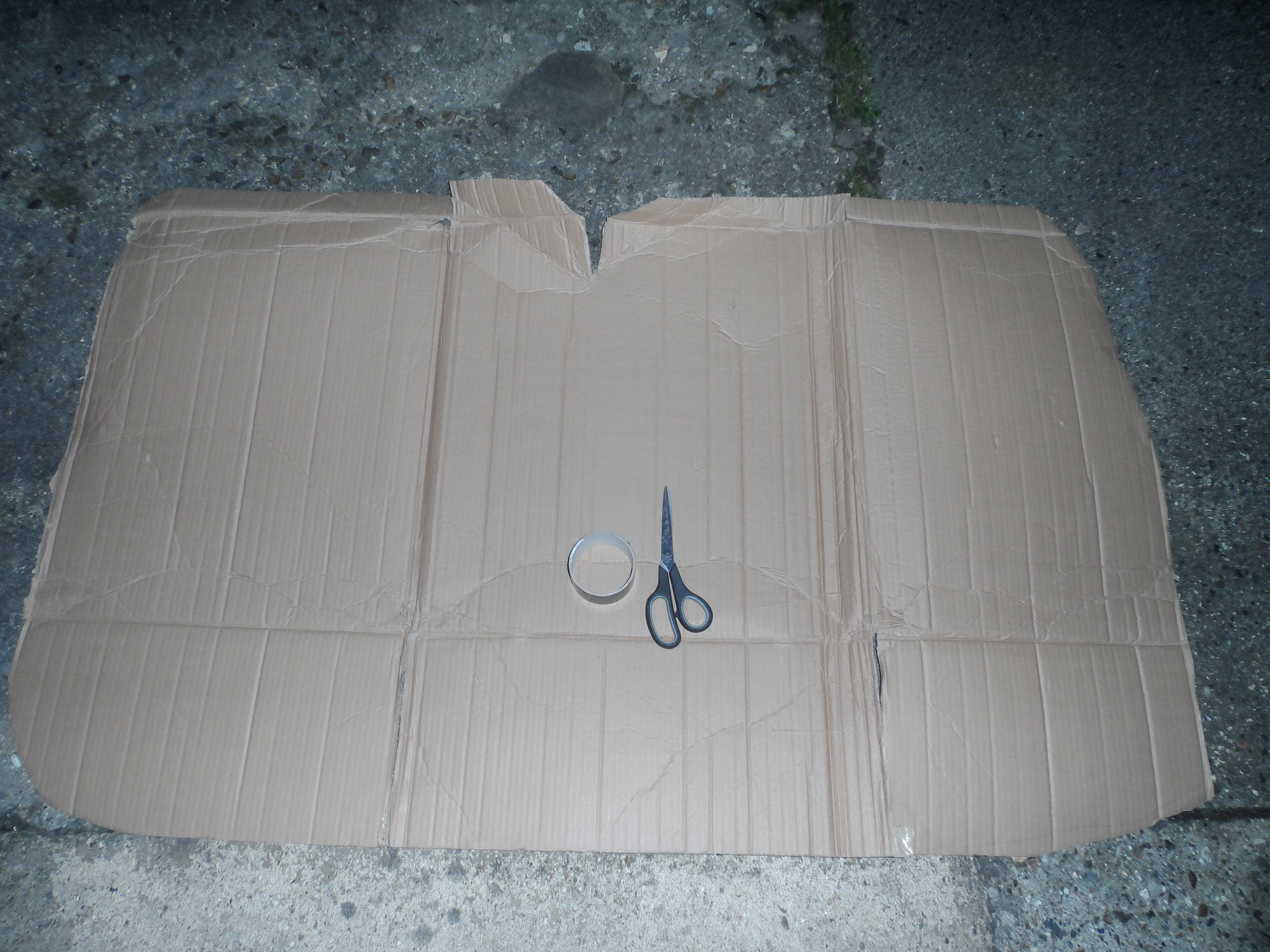
Step 2
Apply the insulation material to the cardboard. We found it best to tear layers of the insulation material and cover, layer-by-layer until about an inch of material is achieved.
If you are using different material then apply as necessary.
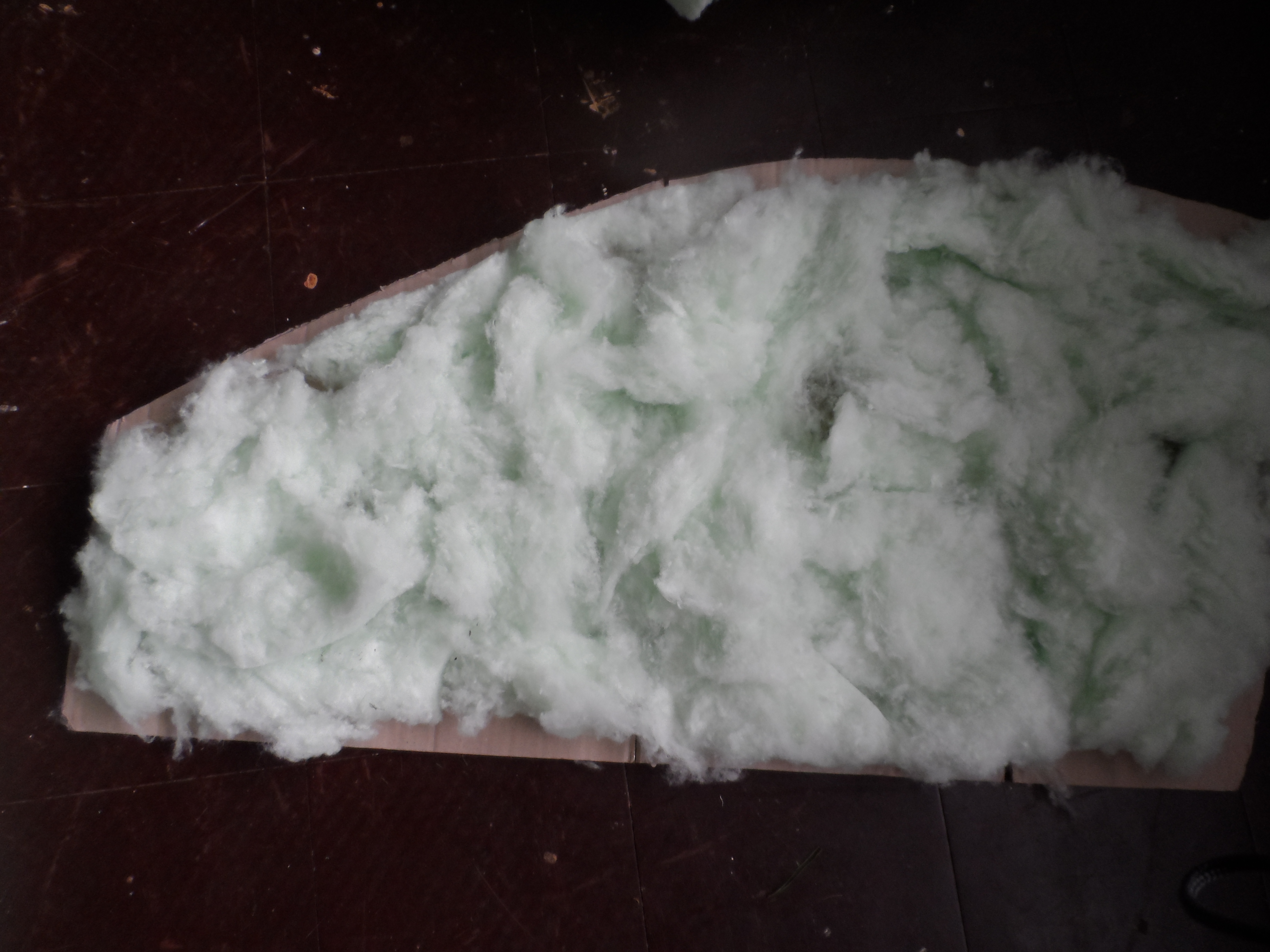
Step 3
Cover the cardboard and insulation with cling film.
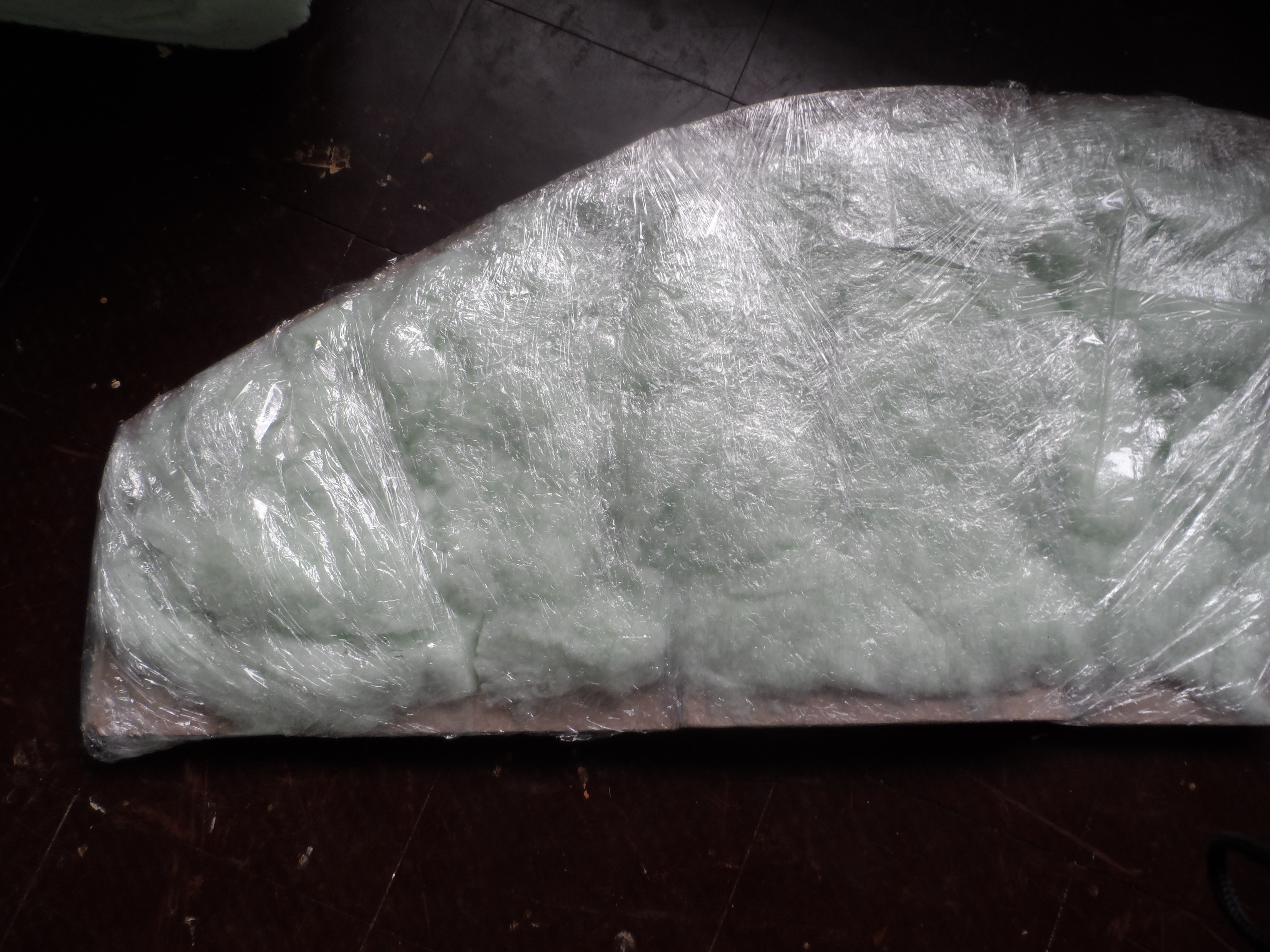
Step 4
Use tape to secure the cling film to the cardboard. We sealed along all edges to ensure the insulation material and cling film was firmly fixed.
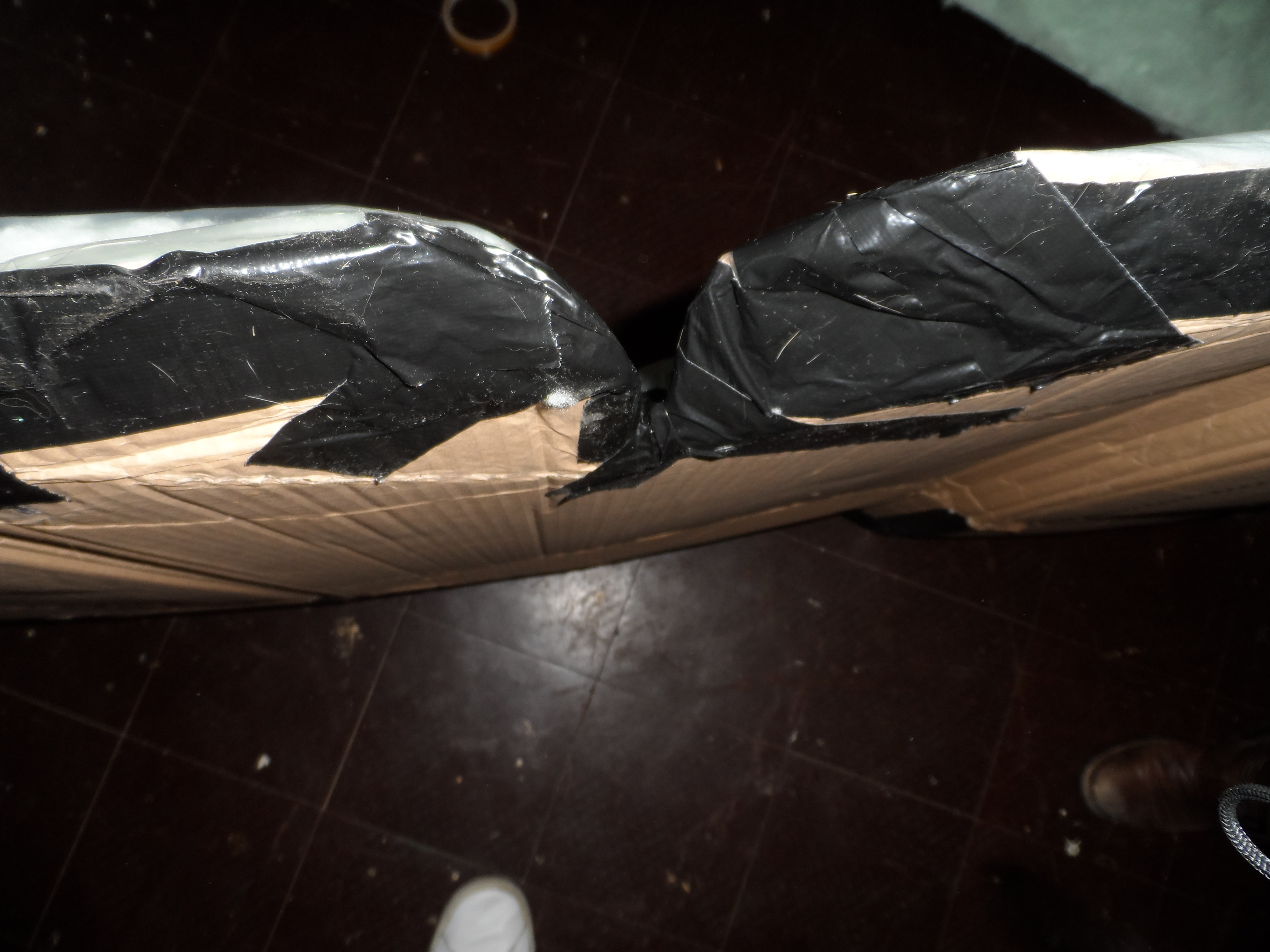
Step 5
Finally cover the board with silver radiator reflective foil and seal with tape.
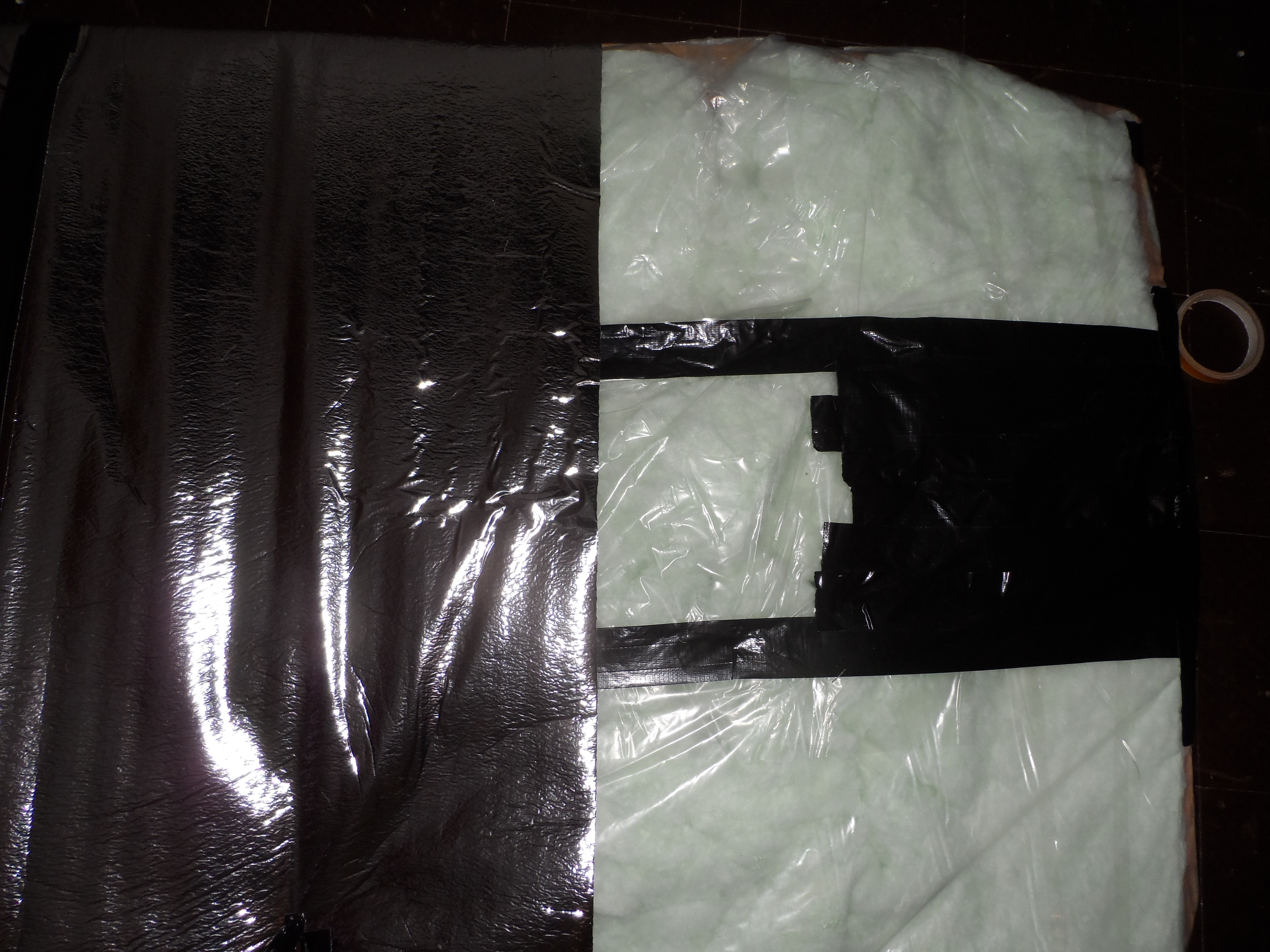
Testing the Thermal Blinds
We took the blinds with us on a cold November to a campsite that was having a bonfire festival. We placed the blinds and then left for the festivities.
The campervan, although in it’s early stages already had insulation in the walls, floor and ceiling. The windows were the only place where lots of heat could escape without any thermal blinds.
When we returned to the van we blasted the heating to warm the internal space. We had a comfortable night that wasn’t very cold at all.
We are very pleased and will be using the blinds for years to come.




